Premises and pretext:
Manipur’s peace (political) was disturbed in 1949 controversial merger to the Dominion of India setting up a serious conflict within the society running across communities. This conflict turned violent in 1980 and AFSPA was brought in by the then elected government to assist in the governance and administration of the state. AFSPA was not imposed upon against the will of the elected government of Manipur as it has been generally made out. Manipur is a contested state from within its own population.
First premise, peace is political and AFSPA negates the very possibility of peace (political) within the state by killing any diverse political aspirations to produce an obedient consumerist society loyal to the controversial union (Hanjabam, 2015[1]). This conflict which has protracted over three generations needs to be understood well before we discuss the problems of AFSPA in the state. Enforcement of AFSPA in the entire state in 1980 marks beginning of the political conflict entering violent stage in the post-merger period. This led to Manipur experiencing intrastate asymmetric armed conflict or state v/s nonstate also known as ‘non-international armed conflicts’ (RULAC, 2020[2]) whatever way the central government would like to name it.
Second, both peace and violence are product of conflict. We need to understand how conflicts in Manipur are producing all kinds of tensions and violence across the communities and with the state leaving peace ever ‘elusive’. In peace and conflict studies the presence of violent conflict indicates not only something seriously wrong in the system of governance but also inability of the parties, both state and nonstate involved in it, to resolve it.
Thirdly, Peace can be achieved only by peaceful means (Galtung, 1996[3]) by correcting the structural and cultural wrongs in the systems through nonviolent democratic processes; legislations and inclusive policy decision making exercises, and never by violence/wars. So, the use of violence as the method of resolving a political issue will never yield a sustainable peaceful condition in the lives of the people as the goal on either side is win or lose. Since it is a case of intrastate conflict the win will be on the state’s side and peace will be imposed upon the people. There is much more to know about the nature and use of violence.
Fourthly, Use of violence by nonstate actors against an established state is illegal according to international laws. According to Weberian conception, State alone has legitimate monopoly over violence while it is also equally important to investigate whether nonstate political actors began their struggles with arms from day one or they were pushed to the walls to pick up arms in self-defense and protection, which is legal and natural right of any individuals or groups. Nevertheless, use of regular armed forces in the internal political conflicts is not only problematic but serious contradictions in democratic foundation of India which comprises of diverse histories, cultures, races, and geographies – the truth of the post-colonial Independent India.
Based on the above premises and pretext this paper explores the prospects of peace from peacebuilding/ conflict transformation perspectives for a sustainable peace and development in the state. For this the scope of today’s discussion has to be expanded to include some exploration on the prospects of peace in Manipur without considering AFSPA as a pre-condition. This is to diagnose the root causes of the problem which necessitated AFSPA as an essential part of civil administration in the state. We need to examine the ‘context of conflict’ which is rooted in the history of pre-colonial native state of Manipur with its multi-ethnic/religious diversities. There is no one single truth but multiplicities of it in Manipur
Understanding context of conflict and its dynamics
Conflict is defined as a perceived or real contradiction of goals between actors or struggles over scarce resources. Conflict affects changes in all spheres of life from the inner sphere (of human life), social (of interactions between individuals, groups, organizations, states,) and environmental (all biophysical surroundings on and around the Earth, including living and non-living) forces which is characterized by mutual influence between them. Conflict is part and parcel of our social life, it is neither good or bad and it functions for social change (Coser, 1956[4]). Chinese looks at conflict as ‘dangers’ and ‘opportunities. Our response to the dangers and opportunities offered by conflict determines the direction it takes: Peaceful or violent path.
According to Galtung, violent conflict has visible and invisible parts. What is visible is ‘direct violence’ affecting physical integrity and properties and what are not visible are ‘Attitudes’ or ‘cultural violence’ that motivates and justify violent actions against the others and ‘contradictions’, or ‘structural violence’ or the social inequalities and discriminations that makes someone/group less or more equal than the other. These different forms of violence mutually reinforce to get into cycles of war and peace times. While we can analyse specifics of all these forms of violence in the local context of conflict, AFSPA, as a standalone act, represents all the three forms of violence: direct, structural, and cultural violence. Violence deprives living beings and the environment from achieving their development potentials and thus causes injustice that can be both the root causes or systemic power imbalances, inequalities, and effects.
We can derive five important observations from the above understanding of the violent conflict as described by Galtung and many other scholars in the field of peace and conflict studies.
- Peace is not possible if there exists violence in all its forms; direct, structural and cultural
- Presence of violence negates any development in the society and the natural environment
- Unresolved conflict in the state systems and society has necessitated AFSPA to assist in the governance and administration of the state.
- Problems of peace in Manipur is not AFSPA but the political issues within the state and with India
- Use of violence or violent method is not the way of resolving protracted social and political conflicts. Conflict requires appropriate and authentic nonviolent efforts to resolve.
The above five observations can help us demystify quite a lot of misconceptions, prejudices and stereotypes that describe Manipur’s conflict situation which are prevalent in the official and common languages. Here are some of them
- ‘Development’ is misconceived notion in the state. ‘Development’ is exacerbating existing differences and divisions, tensions among the peoples everywhere. This is obvious from the Loktak to the hills where big development projects are being implemented.
- Manipur is ‘backward’ not because the people want to be but it has been made out to be
- ‘Insurgency’ is a wrong diagnosis of the problem, but it is either prejudices or ignorance of the conflict situation and so AFSPA a misplaced treatment.
- ‘Unemployment’ issues or ‘misled youth’ is not the cause of ‘insurgency’ but prejudices of the eminent domain – a theory that can be disproved.
- ‘Anti-national elements’ and ‘terrorists’ are also exonyms or externally identified problems or misplaced diagnosis and so the problems belong to the exterior not here and internal.
- ‘Disturbed condition’ is also externally defined and so it does not belong to the people’s own lived world of realities.
- All the above identified problems are external to the native state and so all the externally developed solutions being tried in the local conflict context will complicate the problems.
The truth is something else and there are multiple of them. We need the courage to accept even if that is biting or bitter. Unless we have to courage to do so we will continue to live in an externally defined make-believe world or the ‘disturbed condition’ as dependent people without any sense of dignity and meaning of life. Denying the truth is to hand over unbearable problems to the younger generations instead of peace
The truth shall prevail: Satyameyva Jayate
We have serious ‘contradictions’ in our society and in the present state systems of governance and administration. These contradictions are of historical, cultural and structural natures as most of the systems and institutions have been supplanted over the nascent indigenous democratic foundation. This was done in the interests of the dominant community without considering socio-political and ethnic sensibilities of the people. No solution from outside has solved any internal problem of the state. This is evident in how the state has been doing only crisis managements and implementations centrally funded programs until the next crisis stops everything. Unfortunately, all the aggrieved parties of the conflicts including the ruling and oppositions, majority or minority groups, hill or valley groups, have been consistently spending their time and energies in trying to bring in solutions from the Center, outside.
Furthermore, first past the post, multi-party electoral system in practice in India has also created extreme violence in the society. Instead of promoting dialogue and democracy it is promoting debates and, means over end cut-throat competitions for win/lose outcome creating a new structural violence of rule by minority. This is breaking all kinds of democratic norms in the society. This must stop
No violence in the society does not mean there is peace in the society. Such condition is identified as ‘negative peace’ (Galtung, 1969[5]) not the ‘positive peace’. But the Govt and civil society are yet to make concrete efforts towards achieving positive peace as part of local moral, social and political responsibilities.
The idea of sustainable peace
‘Positive peace’ means presence of justice and equality among the people in the state. We are troubled with sense of social inequalities. Meiteis as dominant community are demanding for ST status adding more tensions to the pre-existing tensions between hills and valley, and within the general populations in the valley, religious minority communities like Christian, Muslim, Buddhists, etc. are unhappy because most of the holidays and festivities are around the hindu/valley dominant cultural traditions in the state. Kukis are demanding homeland to counter Naga integration. The majority Meitei community resist all Naga efforts for more autonomy or separate administration or creation of a nation. The hill people together are demanding more autonomies outside the domain of the majoritarian government systems. Political rights of Napalese, Bengalese, migrant and business communities who are naturalized citizens of Manipur continue to be suppressed or unheard in public discourse.
All these social injustices and inequalities constitute the conditions of ‘negative peace’ – our actual lived situation today inherited from the feudal past. Justice delayed is not only justice denied but invitation to wars and violence sooner or later. John Burton (1990[6]) identified ‘identity’ and ‘security’ as the core human needs denial of which may cause wars and violence in the society. In such negative peace, if another serious law and order situation arise, anytime, the Govt will again request for enforcement of AFSPA to assist the civil authority. It is vicious circle. Let us not forget the story of “Yongna Tan Yenba”. Now perhaps we have two Yongs! Second may be the AFSPA, the first one has always been the winner!
Problem of peace in the state: why does it take so long?
Our society is seriously suffering from a ‘protracted (or chronic) social conflict’ (Azar, 1990[7]) with its politically active multi-ethnic/religious societies which has become the social norms or a culture. It is the failure of recognizing the violent conflict situation as the problem that prevents any treatment and cure. But our inability to recognize and diagnose our own problem should not prevent us from seeking professionals to help us out of our problem. Like any patient seeks for a doctor the state/society must seek professional assistance. Many struggling groups think Delhi has all the solutions for local problems. But Delhi is not an expert for conflict resolution and peace building. Rather Delhi has been a party to the conflicts in the region. Being a state party in the conflict limits it’s capacity to resolve conflicts but nothing prevents it in creating a space for peace building professional to work. Center’s limitation is even more in the present times, especially, when it is being run by a particular cultural nationalist group to establish a Hindu ethnic democracy (Singh, 1997[8]).
There is deep distrust of cultural and racial nature between the Central govt and people in the region. Security for the Indian Army’s lives (who are culturally others) is the security of the state and so over and above the local people of the ‘other culture’ and backgrounds. This makes AFSPA easy to ‘suspect’ anybody including the elected representative and take decisive action to the extent of causing death with full legal impunity. It is enough for the center to understand that AFSPA is not only an instrument of oppression but racial and genocidal to repeal the act as responsible democracy without asking
Moral imagination (Lederach, 2005[9]): ways for building peace in Manipur
It is possible to imagine a peaceful Manipur affecting peaceful environment in the entire region under the largest democracy in the 21st century when India is maturing at the age of 75th years of existence and emerging as global leadership.
- First, stop seeking solutions from Delhi; second, acknowledge the problems/conflicts and own it; third, take local responsibility of investing for peace and engage professional services for peace building in the state, fourth, create the space / facilitate peace processes with all, fifth build institutions for peace building, conflict transformation for sustainable peace and development.
- Some examples: Nepal created a Ministry of Justice and Peace, in South Africa, the Truth Commission, and InGovt Department and Security Sector Reforms in the Philippines. These countries are transforming violent conflicts within by making structural changes to meet the human needs of diverse identity communities.
- These are bloodless transformation of violent conflict and it is possible
- Civil Rights movement in America under the leadership of Marin Luther King Jr resulting to structural changes in American society in addressing racial discrimination,
- the Black right movement in South Africa under the leadership of Nelson Mandela and Steve Biko resulting into the end of the Apartheid regime,
- Gandhi’s Satyagraha /Ahimsa movement against for Indian independence and B.R. Ambetkar writing constitution to right the social injustices and inequalities in Indian society
Global environment is warming up for culture of peace and nonviolence
- UNESCO preamble states: war begins in the minds of man and so defense for peace must be constructed there based on Seville Statement 1986 which stated, violence is not biological necessity, it is learned. UN declared the decade 2000-2010 as the international decade for culture peace and nonviolence under which introduction of peace education has become the UN Agenda of Action since 1993. UN Security Council resolutions 1325/ 2000 & 2250/ 2016 stressed the importance of active women and youth participations in peace and security decision making processes. From the year 2015, UN set goals for sustainable development to be achieved by 2030. This includes SDG 4, 5 & 16 specifically setting targets for building inclusive societies and institutions for justice across the member states through equitable quality education and inclusive lifelong learning.
- UN Peacebuilding Commission/ UN Peacebuilding Fund were established in 2005, and redefined Peacebuilding post-2015 as ‘sustaining peace’ as activities aimed at, a) Preventing the outbreak, escalation, continuation and recurrence of conflict, b) addressing root causes, c) assisting parties to conflict to end hostilities, d) ensuring national reconciliation, e) moving towards recovery, reconstruction, and development.
- India has been the largest contributors UN Peacekeeping troops since its inception. Since 2021 it announced USD 150,000 contribution to the UN PB Fund, but it has never upon up itself to draw the huge international expertise for peacebuilding at the UN to address many violent conflicts within the country.
- The right to live in peace and in a culture of peace is also part of Universal Human Rights. It comprises of ‘the right to order allowing the full outcome of rights (1), the right to live in conditions of peace and security (3), the right to a ‘just, viable and sustainable peace (5).
- Manipur vision 2030 gives top priority to the eradication of hunger (SDG2), improvement of health outcomes (SDG3), provision of quality education (SDG4), growth with decent employment (SDG8) and the promotion of just, peaceful and inclusive societies (SDG16) though civil society priorities were SDG4 and SDG16
Recommendations
- Sustainable peace and development in Manipur are a matter of choice. It can come either from the government or as people’s agenda for peace at the time of election
- Transforming the violent conflicts essentially requires an institutional response. There are three options to explore under the legislative power of the state.
- Establishment of a State Commission for Peacebuilding in line with the State Human Rights Commission or under the purview of existing SHRC in line with the UNDHR 1948 and other UN Conventions which includes ‘State’s obligations to strengthen peace as essential element of the right to life’/ provisions of ICCPR, 1979/ICESCR, 1966/ CEDAW, 1979/ CERD 1963/ UNSC 1325/ 2000 & 2250/2016/ Manipur vision 2030 and promote active participation of women and youth in monitoring peace processes in the state
- Initiate Security Sector Reforms by which army and paramilitary forces under CIOps can be retrained in conflict studies to shift their target from people to the problems within the framework of Look East Policy which aims to end insurgency in the region, NER Vision 2020, and India Vision 2030
- Introduction of peace education as part of the UNESCO Agenda of Action, UN program for culture of peace and nonviolence, National Curriculum Framework 2005, NEP 2020 and NYP 2021 in the school and higher education institutions to trained generations of young people with professional knowledge, attitudes, skills and values for addressing conflicts in peaceful and creative ways for transformation
Create Manipur State Peacebuilding Fund in line with UN Peacebuilding Commission & UN Peacebuilding Fund by pooling resources from MP Local Area Development Fund and MLA Local Area Development Fund to prepare generations young men and women professional peacebuilders in their respective constituencies. An accountable amount of fund being utilized as Security Related Expenses in counter-insurgency operations can also be retargeted to peacebuilding fund by state undertaking Security Sector Reforms.
(This Paper was presented at a “Consultation on Prospect of Peace and Withdrawal of the “Disturbed Area” under AFSPA” held on 19th February 2022, at Imperial Hall, Hotel Classic Grande, Imphal West, Manipur and organized by Manipur Human Rights Commission.)
References
[1] Hanjabam, S.S., 2015. Manipuri Peoples Rights to Self-Determination. In Singh, A.K., Hanjabam, S.S., & Thangjam, H. (Eds.), Self Determination Movements in Manipur. Concept Publishing House, New Delhi.
[2] RULAC. (2020, November 23). Geneva Academy of Interantional Humanitarian Laws and Human Rights. Retrieved February 14, 2021, from rulac.org: https://www.rulac.org/browse/conflicts/non-international-armed-conflict-in-india
[3] Galtung, J. 1996. Peace by peaceful means, Sage Publication, New Delhi
[4] Coser, L., 1956. The Functions of Social Conflicts, New York: Free Press
[5] Galtung, J. 1969. Violence, Peace and Peace Research. In Journal of Peace Research, Vol.6, No. 3, http://www.wilsoncenter.org/subsites/ccpdc/frpub.htm
[6] Burton J., (ed) 1990. Conflict: Human Needs Theory, Macmillan Press Ltd.
[7] Azar, Ed. 1990. The Management of protracted social conflict: Theory and cases. Dartmouth Publishing Company
[8] Singh, Pritam. 1997. Political Economy of the Punjab: An Insider’s Account, New Delhi: MB Publications
[9] Lederach, J.P., 2005. The Moral Imagination: The Art and Soul of Building Peace, Oxford: Oxford University Press

The writer is Visiting Faculty, NEISSR, Nagaland and Coordinator PINE (Manipur-Nagaland)



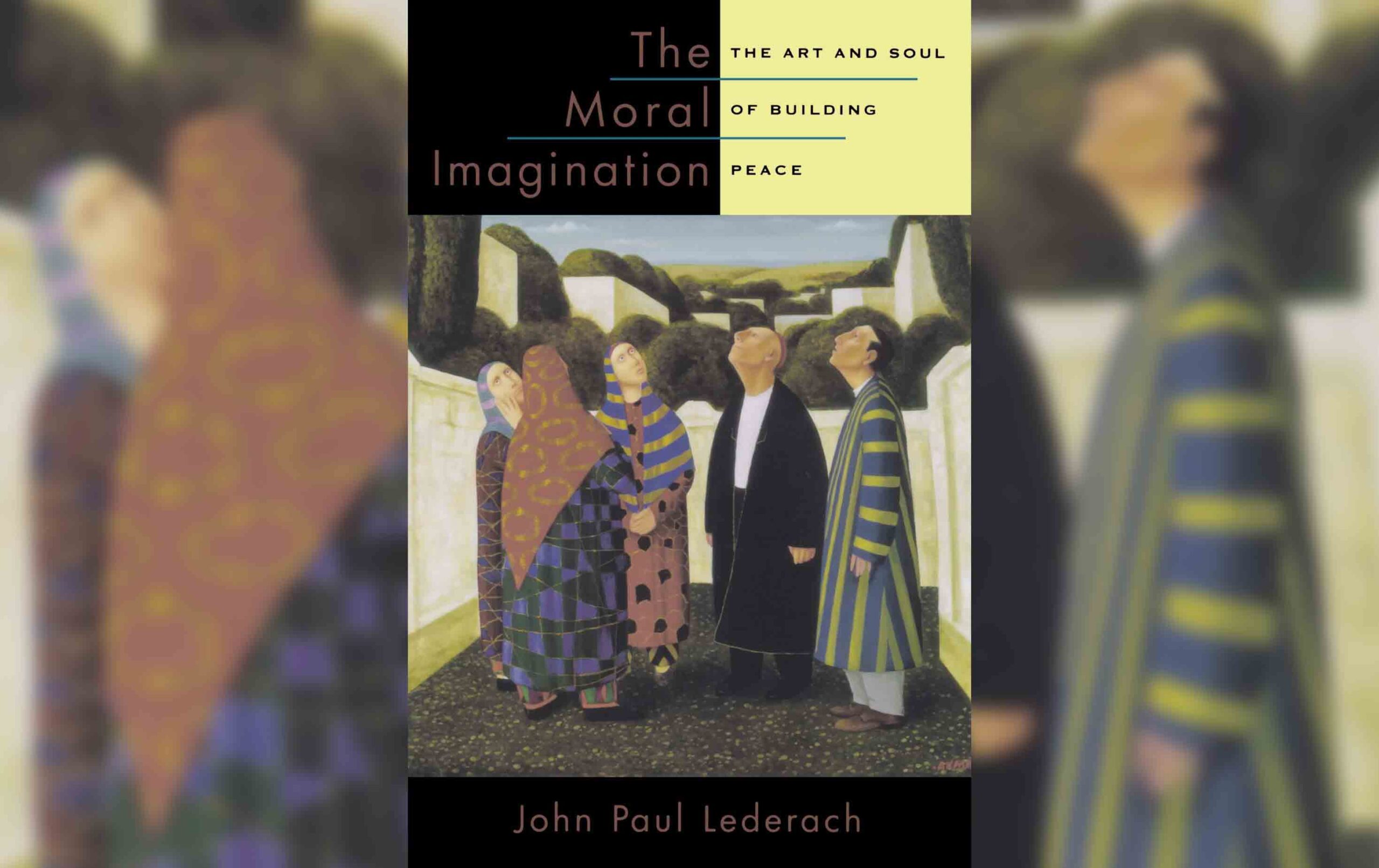
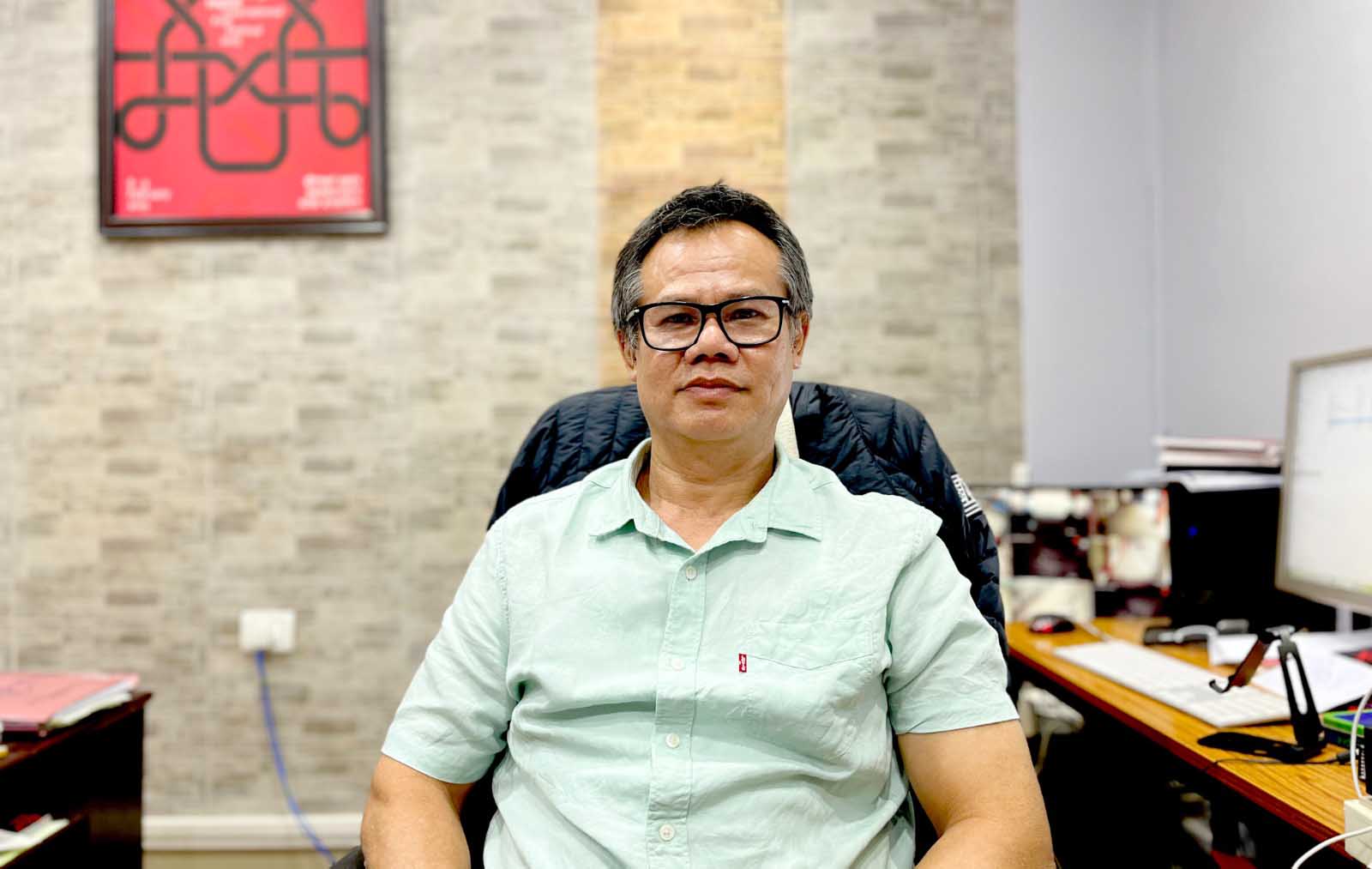
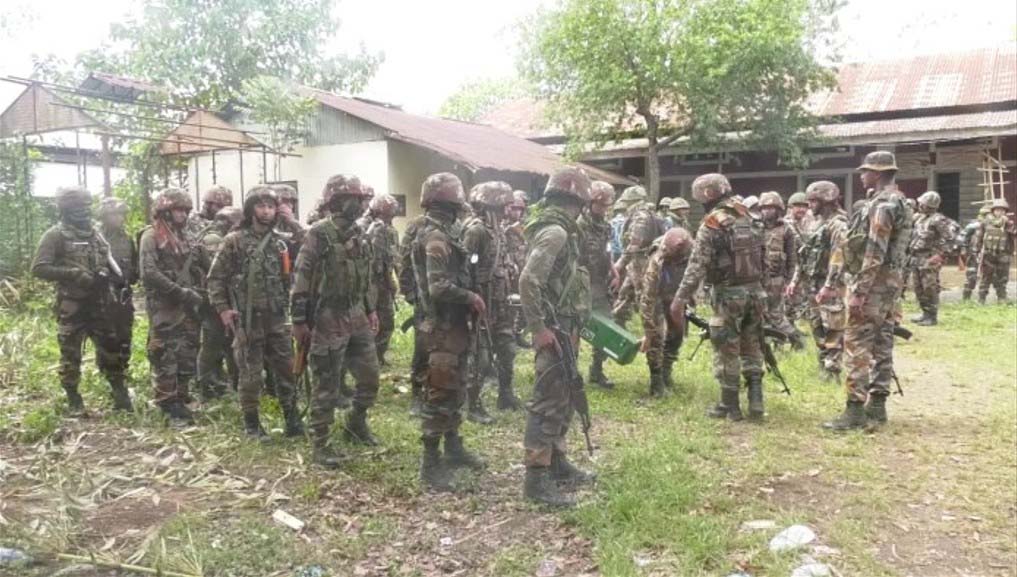
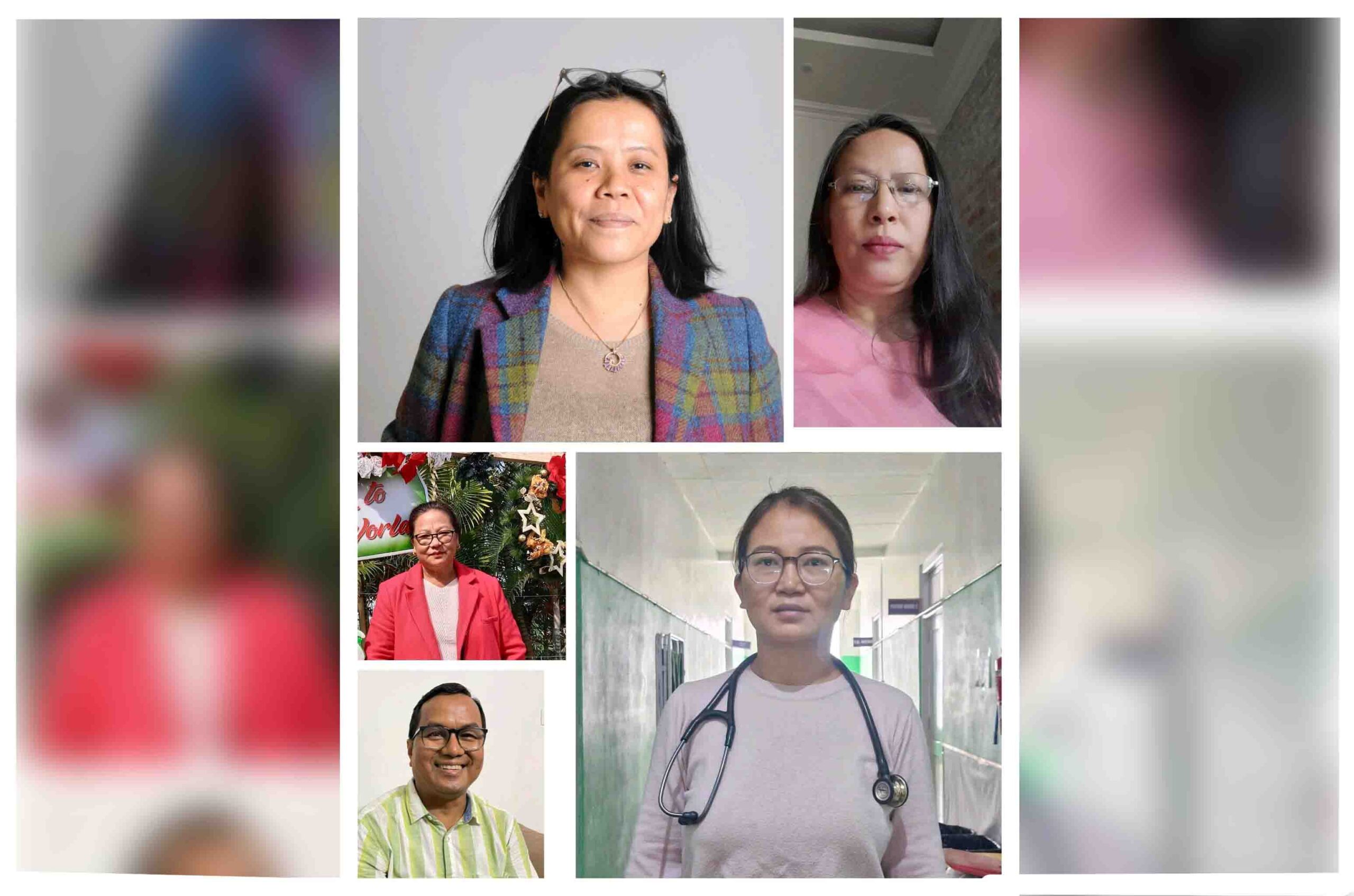
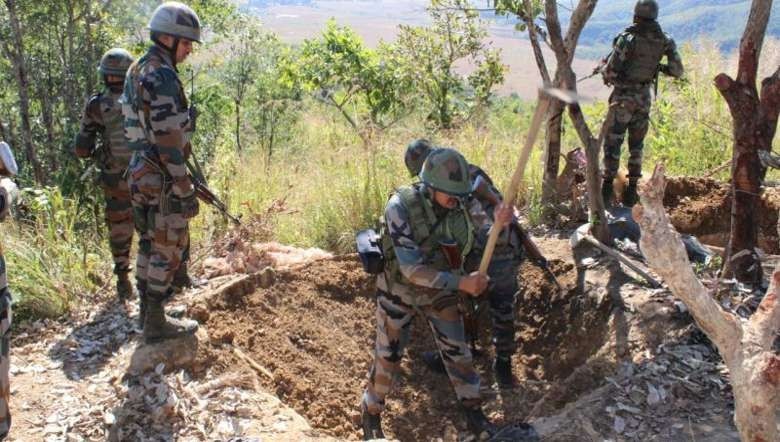



1 thought on “Prospect of Peace and Withdrawal of the “Disturbed Area” under AFSPA”
This paper is thought provoking and insightful paper.
Comments are closed.